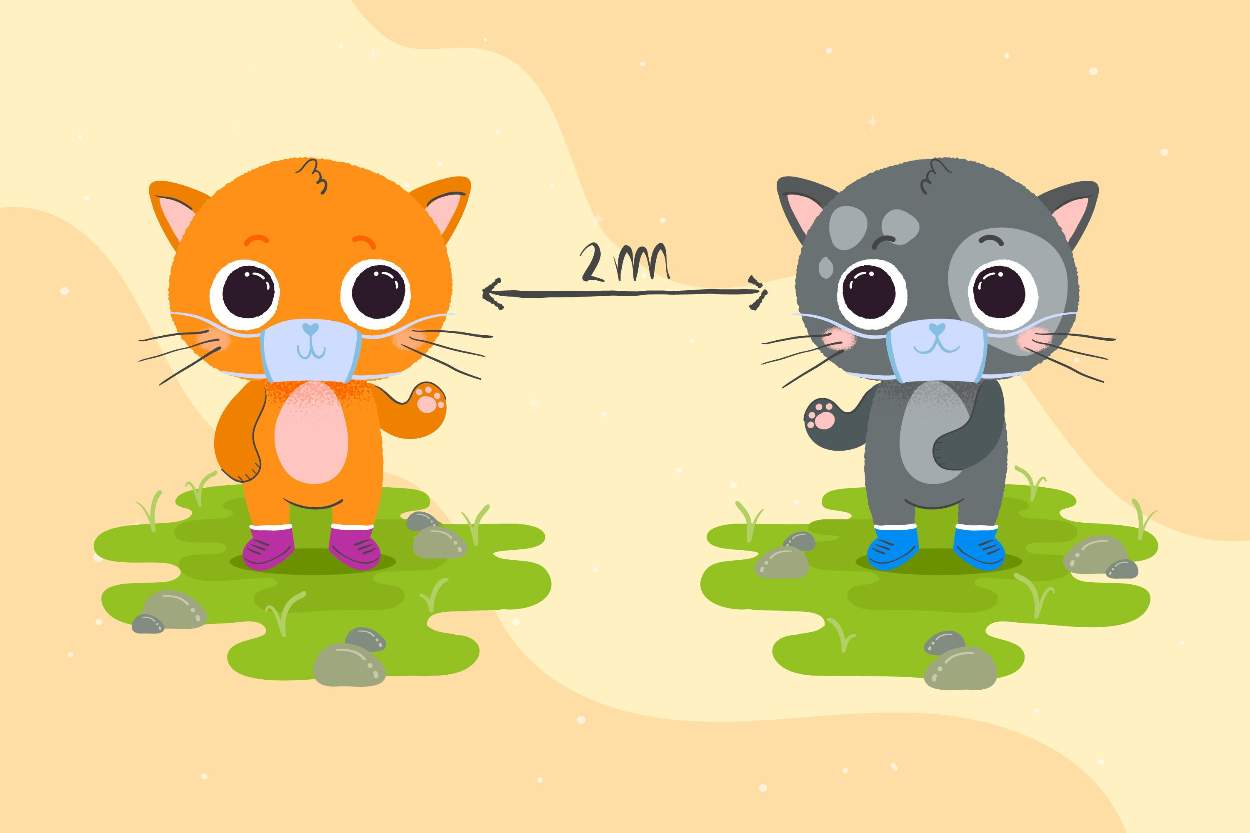Trapping the Cat Game: A Complete Guide

Whether you’re a beginner who’s never played before or someone looking to improve your strategy, this article covers everything you need to know. You’ll learn the basic rules, expert strategies, different ways to play the game, and even how to make your version at home. This classic puzzle game helps develop thinking skills for players of all ages while providing hours of entertainment.
What Is the Trapping the Cat Game?
Trapping the Cat,” sometimes called “Surround the Cat” or “Catch the Cat,” is a grid-based puzzle game. One player controls a cat that tries to escape, while the other player places barriers to trap the cat. The cat wins if it reaches the edge of the grid. The player wins if the cat cannot move anymore.
How to Play Trapping the Cat
What You Need
- A grid board (usually 11×11)
- A cat token
- Barrier markers
Basic Rules
- The cat starts in the middle of the grid
- The player places one barrier per turn
- After each barrier placement, the cat moves one space
- The cat always tries to move toward the nearest edge
- The player wins by surrounding the cat
- The cat wins by reaching any edge of the grid
Game Versions
Digital Version
Most people now play this game on phones, tablets, or computers. The digital version automatically moves the cat using an algorithm that finds the shortest path to an edge.
Physical Version
You can play with:
- Paper and pencil (draw a grid; use X for barriers, C for the cat)
- A checkerboard with a chess pawn as the cat and other pieces as barriers
- A homemade grid with buttons or coins as markers
Strategy Tips From a Game Expert
I’ve played over 1,000 games of Trapping the Cat and have found these strategies work best:
For Trapping the Cat
- Don’t try to build a complete wall right away
- Place barriers to create partial enclosures
- Focus on closing off the shortest paths to the edges
- Think 3-4 moves ahead
- Use the corners – they require fewer barriers to trap the cat
Common Mistakes to Avoid
- Placing random barriers without a plan
- Building straight lines that the cat can easily go around
- Focusing too much on one side while leaving others open
- Waiting too long to start closing the trap
Math Behind the Game
The Trapping the Cat game is actually based on graph theory in mathematics. Each intersection on the grid is a “node,” and the cat moves along “edges” connecting these nodes.
For math fans: On an 11×11 grid, there are 121 possible positions for the cat. A perfect play would require about 20-30 barrier placements to trap the cat.
Teaching Kids With Trapping the Cat
This game helps children develop the following:
- Planning skills
- Strategic thinking
- Understanding cause and effect
- Visual-spatial awareness
- Problem-solving abilities
Simple Versions for Young Players
For 7-year-olds just starting:
- Use a smaller 5×5 grid
- Give kids more barriers per turn
- Let them practice without the cat moving first
Cat’s Movement Rules Explained Simply
The cat always moves toward freedom following these rules:
- It looks at all the spaces it can reach
- It calculates which move gets it closest to any edge
- If two moves are equally good, it picks one (usually based on the game’s programming)
- The cat can move diagonally (in most versions)
Winning Patterns
After studying hundreds of games, I’ve found these patterns almost always work:
Box Trap
Build a square around the cat, but leave one opening. When the cat moves toward the opening, close it.
Funnel Trap
Create a pathway that seems to lead to freedom but gradually narrows until you can close it.
Corner Strategy
Force the cat toward a corner where you need fewer barriers to create a trap.
Fun Facts About Trapping the Cat
- This game has been around for centuries in various forms
- Similar games were played in ancient China
- Computer scientists use this game to test artificial intelligence
- Mathematicians are still researching the optimal strategy
- The game is actually impossible for the cat to win against a perfect player
- Some versions give the cat special powers like jumping barriers
Different Names Around the World
- “Fox and Hounds” (UK variant)
- “Catch the Mouse” (Eastern Europe)
- “Tiger Trap” (Parts of Asia)
- “Enclosure” (Academic name in game theory)
How to Make Your Physical Game Board
Materials Needed:
- Cardboard or poster board
- Ruler
- Pen or marker
- Button or small toy (cat)
- Coins or paper clips (barriers)
Steps:
- Draw an 11×11 grid on your cardboard
- Mark the center spot for the cat’s starting position
- Number the edges to keep track of winning positions
- Use small objects as barriers
Digital Versions to Try
Many free versions exist online and as apps. Look for names like:
- “Trap the Cat”
- “Catch the Cat”
- “Surround the Cat”
The best versions let you adjust difficulty by changing:
- Grid size
- Cat’s movement patterns
- Number of barriers you get per turn
Advanced Strategy Guide
Once you understand the basics, try these expert techniques:
Path Analysis
Before placing barriers, count how many moves the cat needs to reach any edge. Block the shortest paths first.
Double-Threat Creation
Set up situations where you threaten to close in two different directions, forcing the cat to choose.
Barrier Economy
Good players can trap the cat using 25-30 barriers. Try to use as few as possible.
Pattern Recognition
Learn to spot dangerous board positions and avoid them.
Why This Game Helps Your Brain
Playing Trapping the Cat regularly can improve:
- Planning ability
- Spatial reasoning
- Decision making
- Pattern recognition
- Strategic thinking
Brain researchers have found that games like this activate our prefrontal cortex, the part of the brain responsible for planning and decision-making.
Game Theory Analysis
In game theory terms, Trapping the Cat is a “perfect information game” like chess, where both players can see all possible moves. It’s also:
- Zero-sum (one player’s win is the other’s loss)
- Sequential (players take turns)
- Deterministic (no chance elements like dice)
Mathematicians have proven that with perfect play, the trapper can always win on a standard grid.
Teaching Computational Thinking
Teachers often use this game to show:
- Algorithms (how the cat finds the shortest path)
- Heuristics (rules of thumb for good play)
- Optimization (finding the best solution)
Personal Experience
When I teach this game to students, I first let them play as the cat to understand how it moves. Only then do I let them try trapping. This approach helps them develop empathy for their opponent and better understand the game’s mechanics.
Team Play
Two players can work together to trap the cat, each placing one barrier per turn.
Conclusion
Trapping the Cat might seem simple, but it contains deep strategic elements that have fascinated players for generations. If you want a fast bit of fun or a tougher brain-teaser, this game gives you both. The best way to learn is to start playing and develop your strategies. The most important tip I can share from years of playing is always to think a few moves ahead. Don’t just react to the cat’s last move, but plan for where it will go next.
Happy cat trapping!
